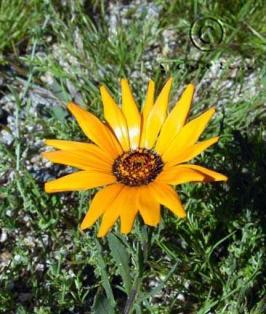
African daisy
Dimorphotheca sinuata
Introduced annual with showy yellow, orange and cream flowers, blooming early spring and summer. Recommended for beautiful groundcover, garden borders or areas where quick cover is needed. Drought and...
- Growing Region: Southwest, California
- Blooms: Spring, Summer
- Life Form: Forb
- Application Type: Commercial Beautification
- Height: 0-1 ft
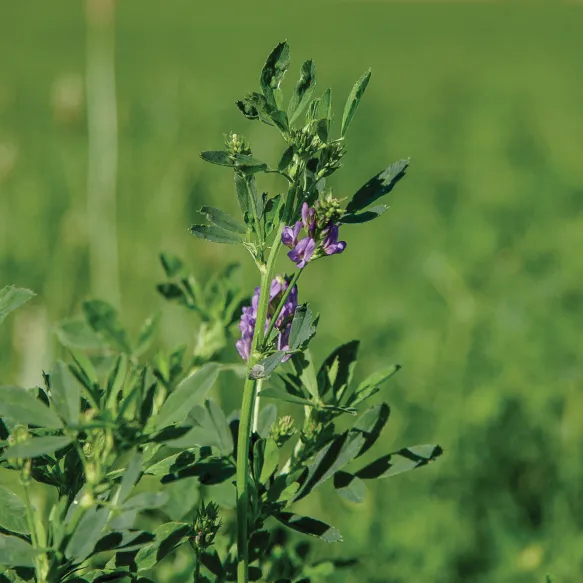
Alfalfa Seed, VNS
Alfalfa Seed, VNS
Alfalfa (Common, VNS) is well-adapted to deep, well-drained, loamy soils with a high moisture holding capacity. Avoid deep, sandy soils or soils with poor internal drainage. A properly prepared seedbe...
- Growing Region: Southwest
- Blooms:
- Life Form: Legume
- Application Type: Cover Crop
- Height: 1-3 ft

Alkali Barley
Hordeum depressum
This is an annual grass that grows between 1 to 2 feet tall. It is used for habitat restoration and as a cover crop. This grass prefers full sun and is typically found in grasslands, prairies, and di...
- Growing Region: Pacific Northwest, Intermountain West, California
- Blooms:
- Life Form: Grass
- Application Type: Land Reclamation, Habitat Restoration
- Height: 1-2 ft
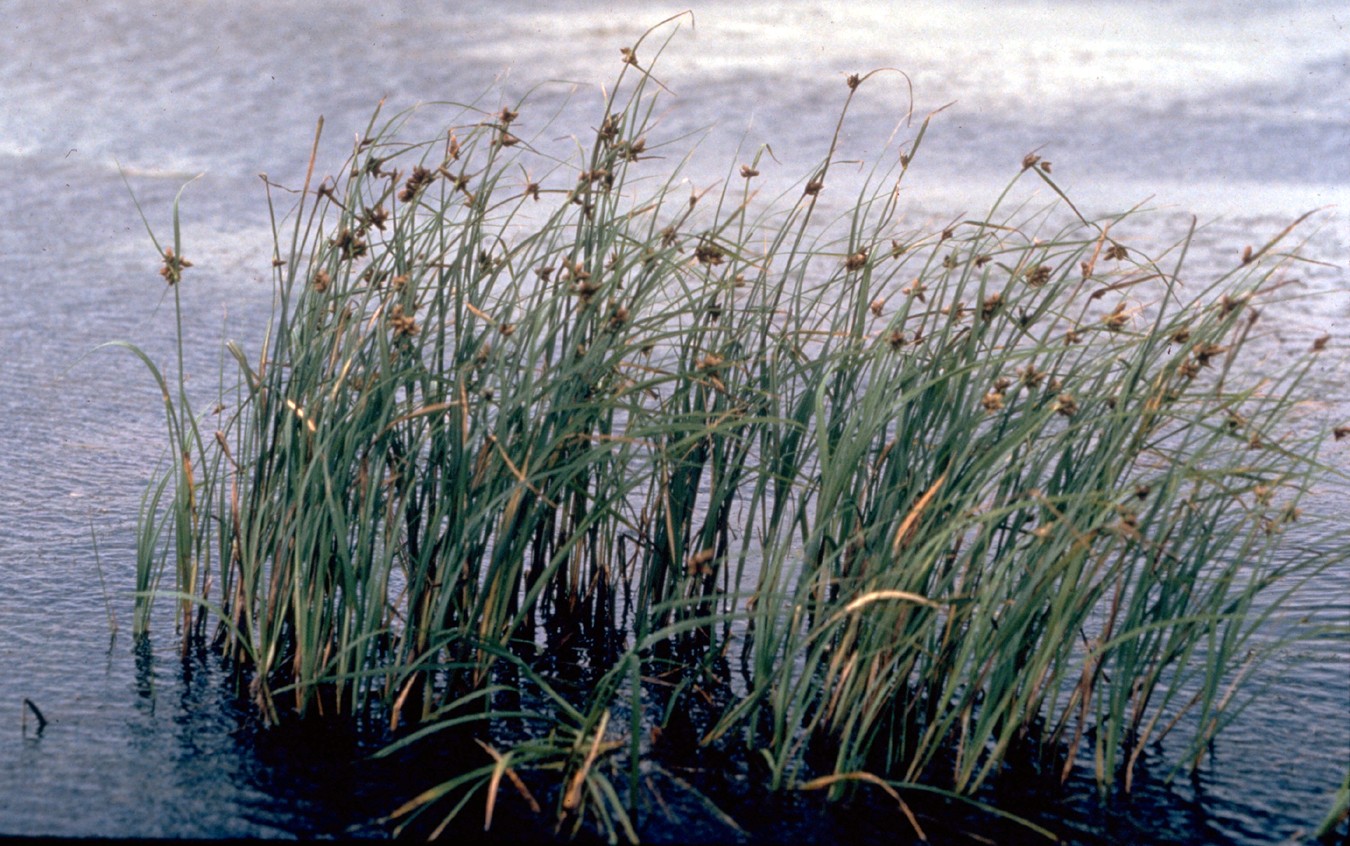
Alkali bulrush
Schoenoplectus maritimus
Cool season, stout, rhizomatous, native, grass-like perennial occurring in wet alkaline or saline soils in meadows, marshes or near waterways. Valuable for providing cover for waterfowl and shore bird...
- Growing Region: Pacific Northwest, California, Intermountain West, North America, Midwest, Southwest
- Blooms:
- Life Form: Grasslike
- Application Type: Land Reclamation, Habitat Restoration
- Height: 1-3 ft
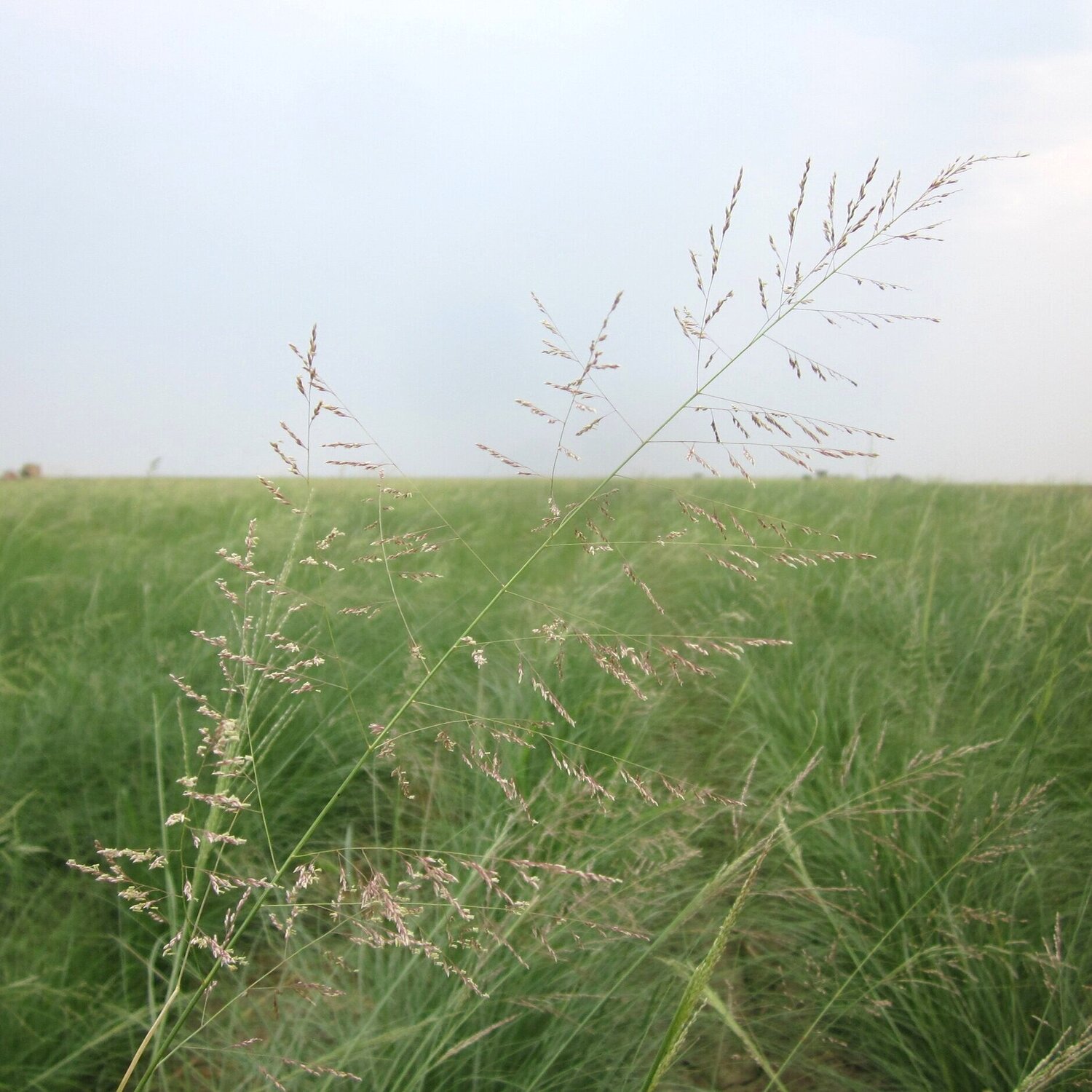
Alkali sacaton
Sporobolus airoides
Warm season, perennial bunchgrass with an extensive fibrous root system. Performs best on deep, moist, fine textured soils but will persist on coarser soils on dry sites. Tolerant of a wide range of s...
- Growing Region: Intermountain West, Southwest, Pacific Northwest, California
- Blooms:
- Life Form: Grass
- Application Type: Land Reclamation, Habitat Restoration
- Height: 1-4 ft
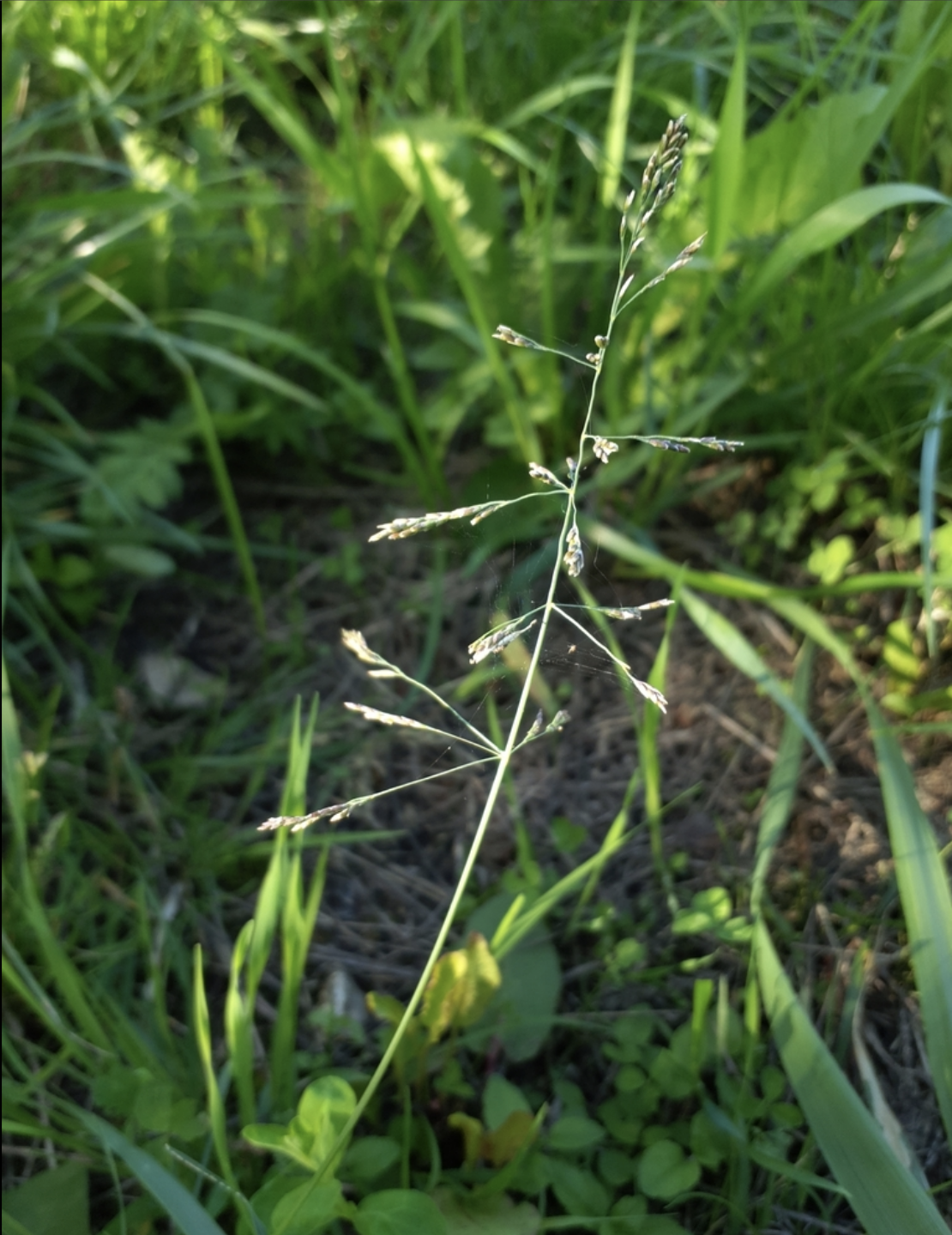
Alkaligrass
Puccinellia distans
Cool season, perennial sod-former with a vigorous and shallow fibrous root system. Adapted to moist or periodically moist, saline soils. Able to withstand intermittent flooding and shallow water table...
- Growing Region: Southwest
- Blooms:
- Life Form: Grass
- Application Type: Commercial Beautification, Land Reclamation, Turf
- Height: 1-2 ft
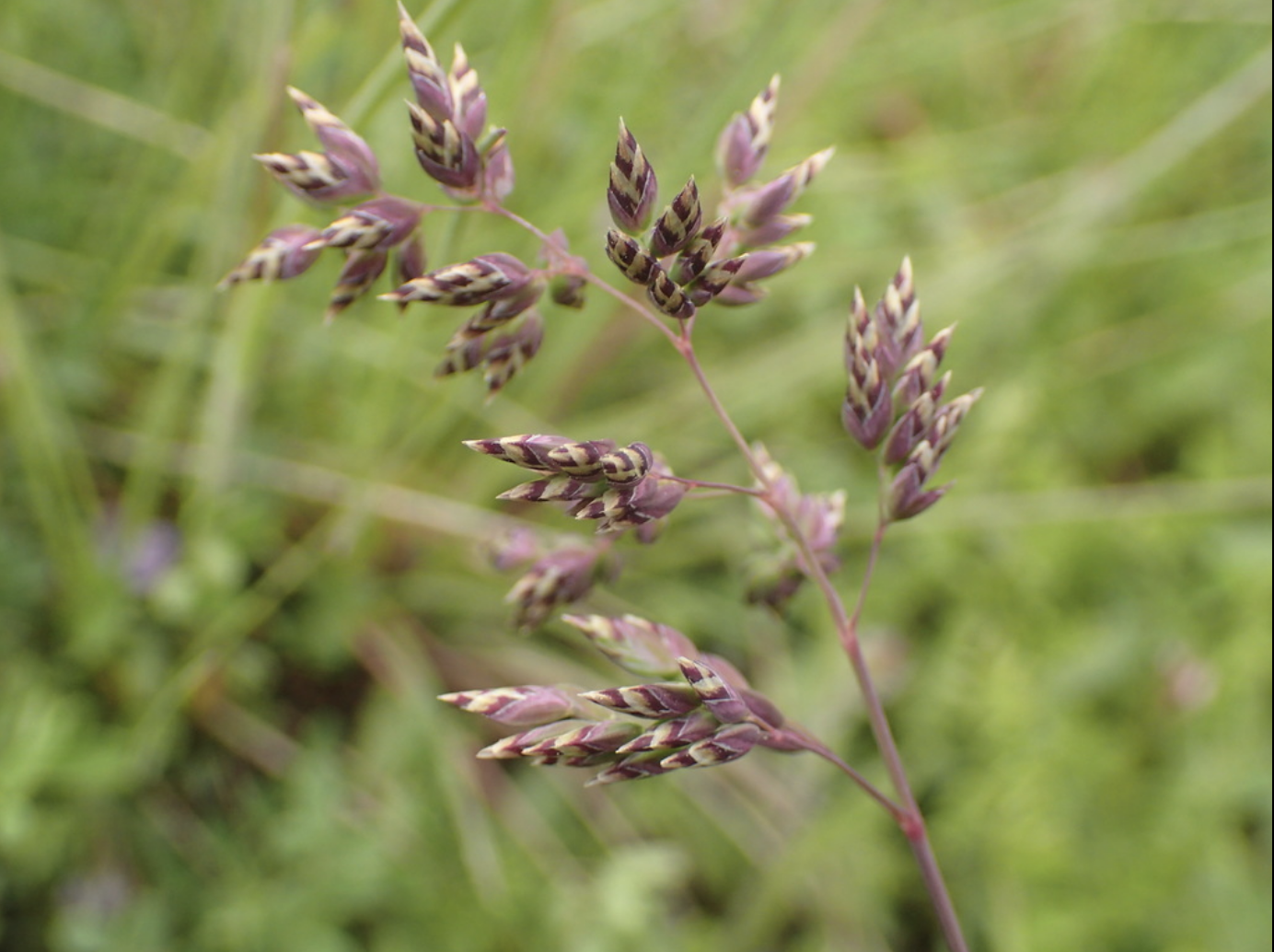
Alpine bluegrass
Poa alpina
Short, densely tufted, cool season perennial bunchgrass adapted to subalpine and alpine slopes and meadows. Wide variety of soils from clay to gravel. Leaves form a dense mat providing good soil cover...
- Growing Region: Intermountain West, Pacific Northwest
- Blooms:
- Life Form: Grass
- Application Type: Land Reclamation, Habitat Restoration
- Height: 1-2 ft
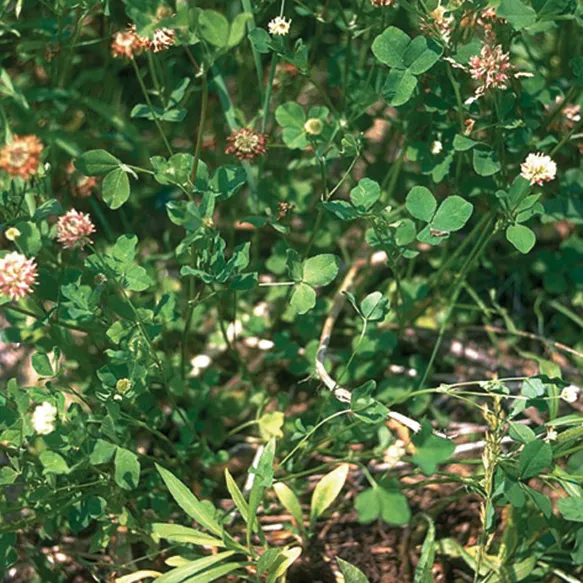
Alsike clover
Trifolium hybridum
Alsike clover is a short lived perennial or biennial native to Europe but now widely distributed throughout the United States. This legume is tolerant of adverse soils and has many potential uses. Cau...
- Growing Region: Midwest, Intermountain West, Southeast, Southwest, Pacific Northwest
- Blooms: Spring, Summer, Fall
- Life Form: Legume
- Application Type: Cover Crop
- Height: 1-4 ft
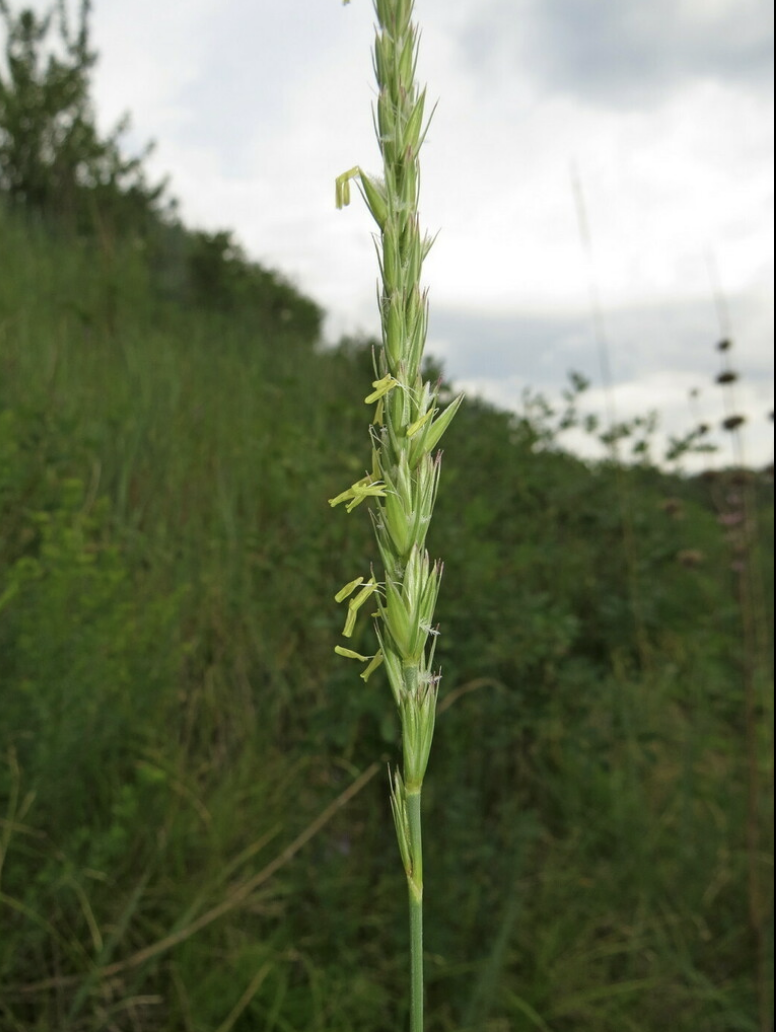
Altai wildrye
Leymus angustus
Formerly Elymus angustus. Robust, Cool season, long-lived, perennial bunchgrass with short creeping rhizomes. Well adapted to loam and clay soils, drought tolerant and extremely salt and alkaline resi...
- Growing Region: Pacific Northwest, Intermountain West
- Blooms:
- Life Form: Grass
- Application Type: Erosion Control, Land Reclamation
- Height: 1-4 ft
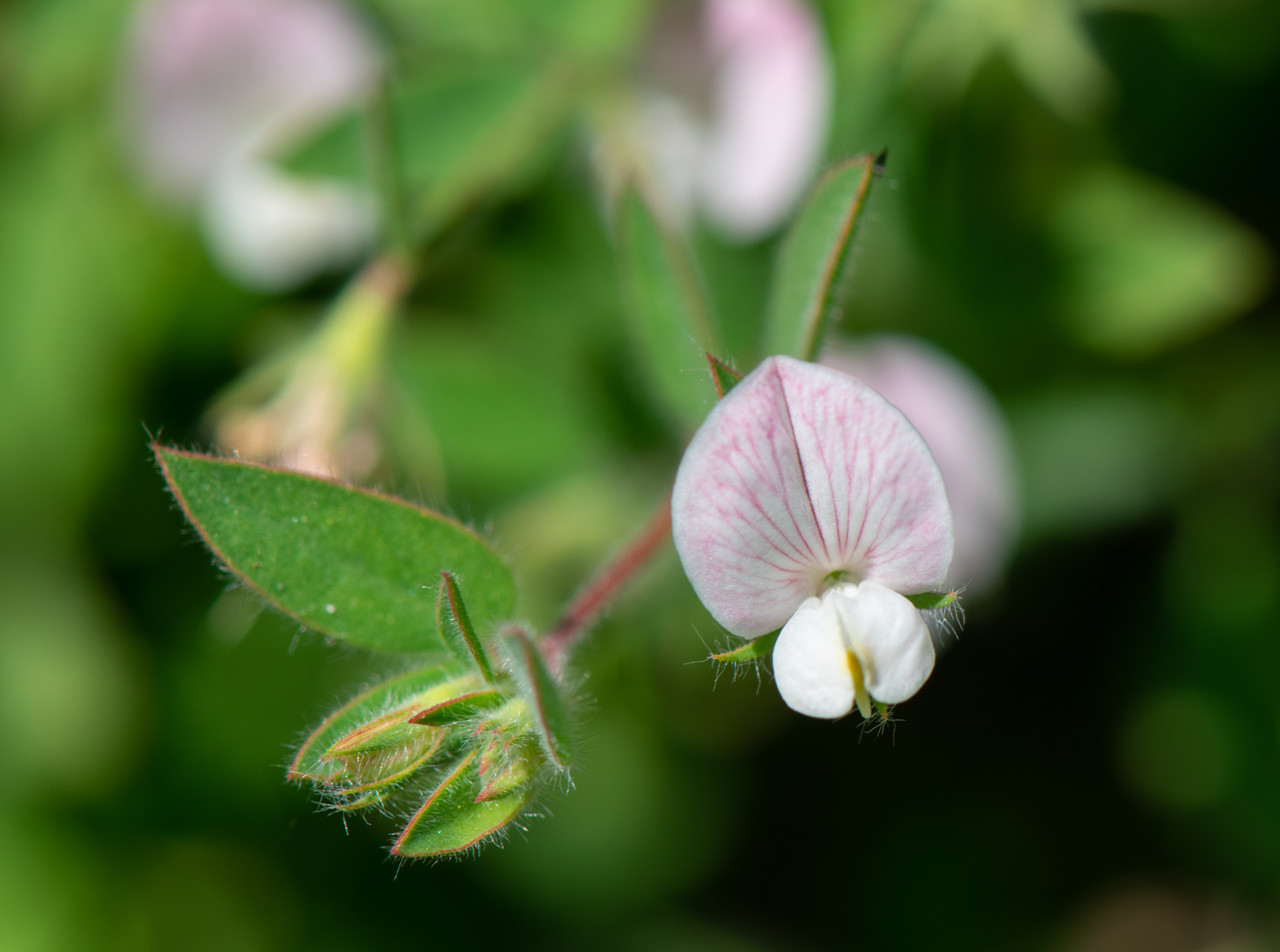
American Birdsfoot Trefoil
Acmispon americanus
Acmispon amiericanus is a native annual herb in the Fabaceae (Legume) family that grows in Northern, Southern and Central California in most habitats except desert. It tends to grow in streambanks and...
- Growing Region: California, Southwest
- Blooms:
- Life Form: Forb
- Application Type: Land Reclamation, Habitat Restoration
- Height: 0-1 ft
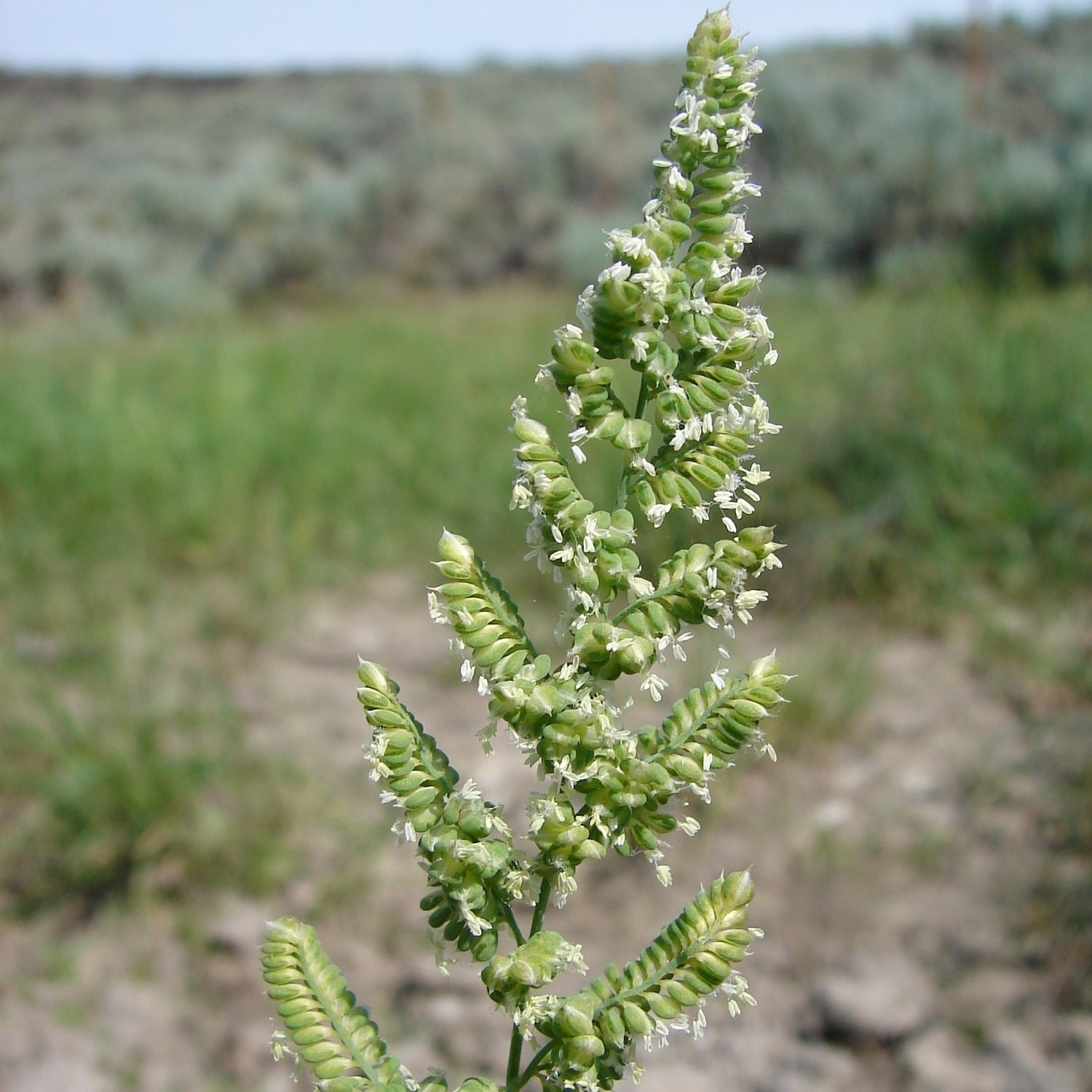
American sloughgrass
Beckmannia syzigachne
Cool season, robust annual or short-lived perennial that may develop short rhizomes. Commonly occurs on wet sites such as ponds, swamps, ditch banks, shallow marshes and sloughs. Prefers clay soils; t...
- Growing Region: Midwest, Intermountain West, Pacific Northwest
- Blooms:
- Life Form: Grass
- Application Type: Land Reclamation, Erosion Control, Habitat Restoration, Forage and Pasture
- Height: 1-3 ft
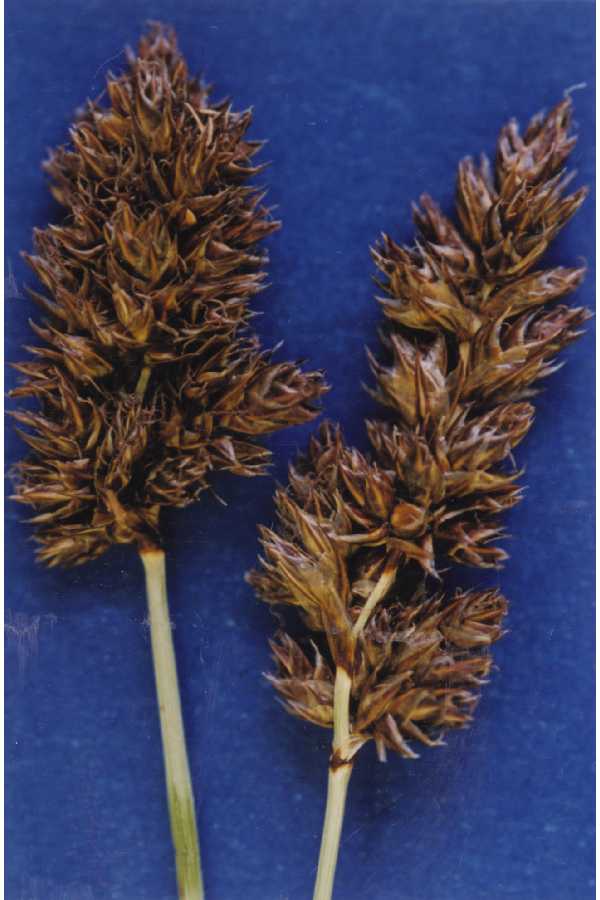
Analogue sedge
Carex simulata
Cool season, rhizomatous, native perennial grasslike common in many western states. Occurs in saturated soils of wet meadows and springs, from foothills to moderate elevations up to 9,000 ft. Often fo...
- Growing Region: Intermountain West, Pacific Northwest
- Blooms:
- Life Form: Grass
- Application Type: Land Reclamation, Erosion Control, Habitat Restoration
- Height: 1-3 ft
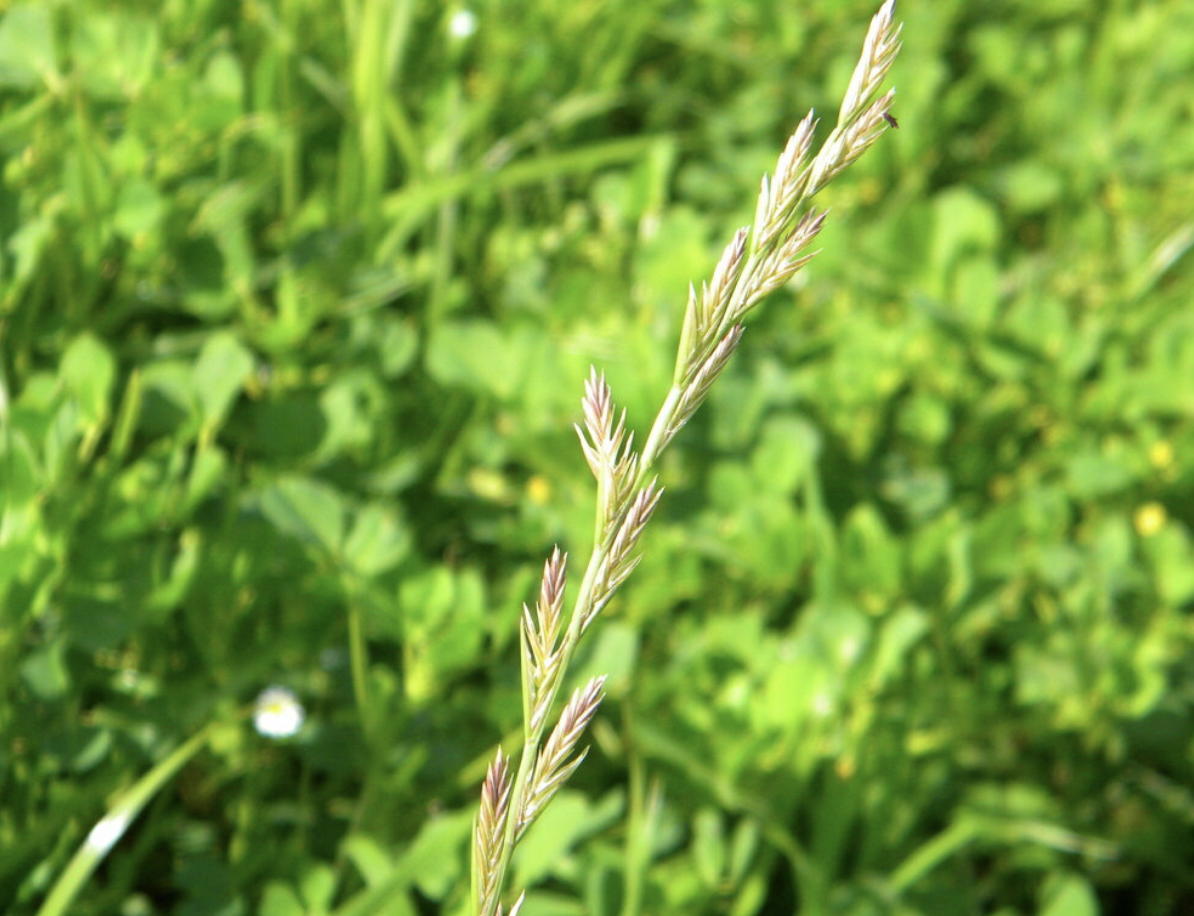
Annual ryegrass
Lolium perenne ssp. multiflorum
Annual Ryegrass is an introduced, cool season bunchgrass and is commonly used alone for establishing quick cover for many applications. This versatile, very fast establishing grass is highly adaptable...
- Growing Region: Midwest, Intermountain West, Southeast, California, Pacific Northwest
- Blooms:
- Life Form: Grass
- Application Type: Land Reclamation, Erosion Control, Commercial Beautification, Turf, Cover Crop, Forage and Pasture
- Height: 1-3 ft
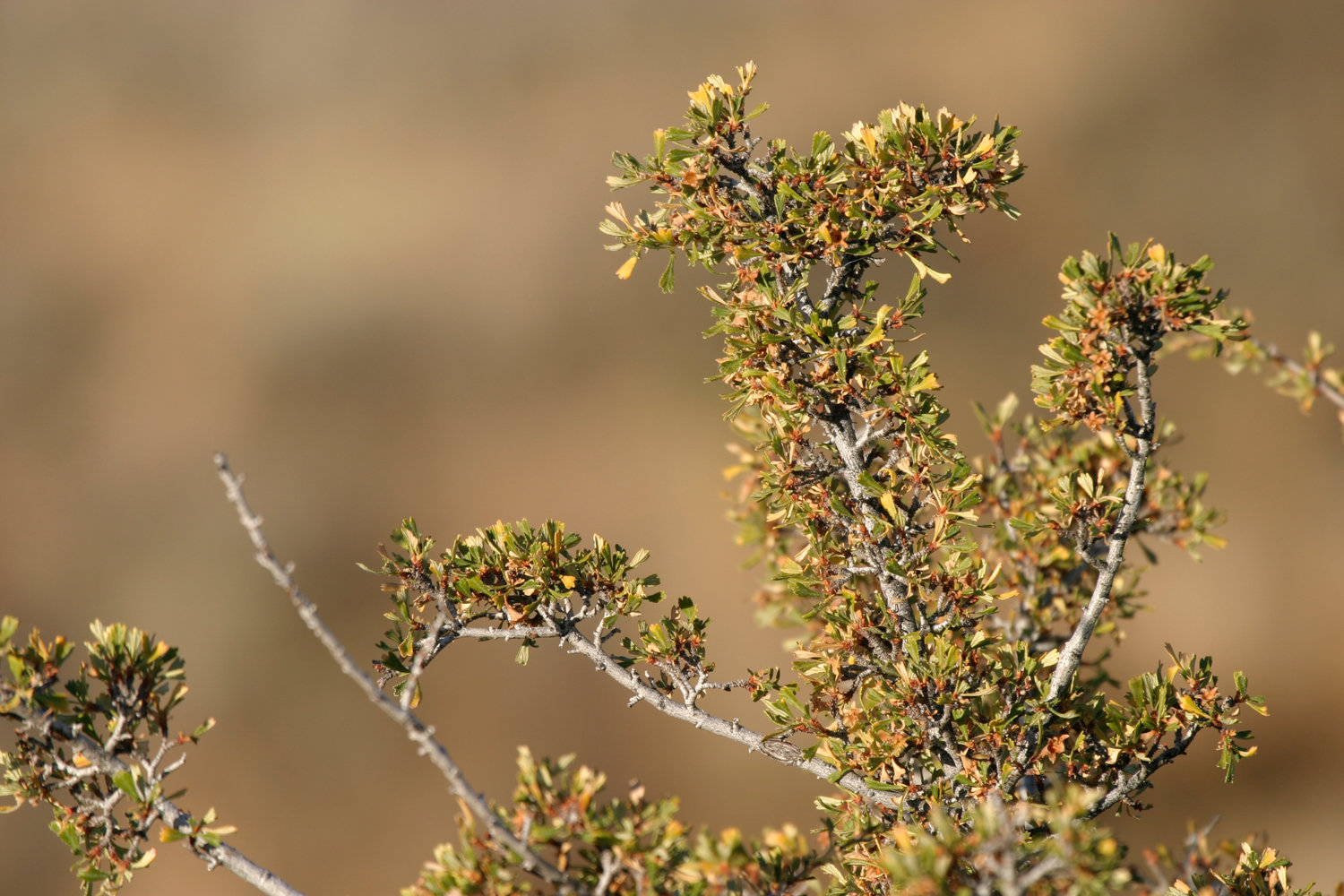
Antelope bitterbrush
Purshia tridentata
Moderate to deeply taprooted evergreen shrub 2-10 ft. tall with small yellowish flowers, blooming April to August. Adapted to a wide variety of well-drained soils, slightly acidic to basic, often deep...
- Growing Region: Intermountain West, Southwest, Pacific Northwest, California
- Blooms: Spring
- Life Form: Shrub
- Application Type: Land Reclamation, Habitat Restoration
- Height: 4+ ft
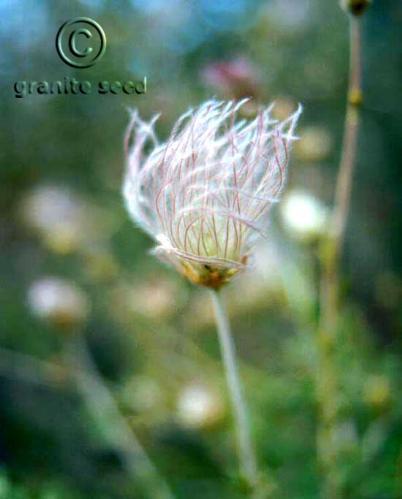
Apache plume
Fallugia paradoxa
Multi-branched deciduous to semi-evergreen shrub from 2-8 ft. tall with white showy flowers developing into feathery clusters of pinkish plumes, blooming April to December. Adapted to dry, sandy or gr...
- Growing Region: Southwest, Intermountain West
- Blooms: Spring, Summer
- Life Form: Shrub
- Application Type: Land Reclamation
- Height: 4+ ft